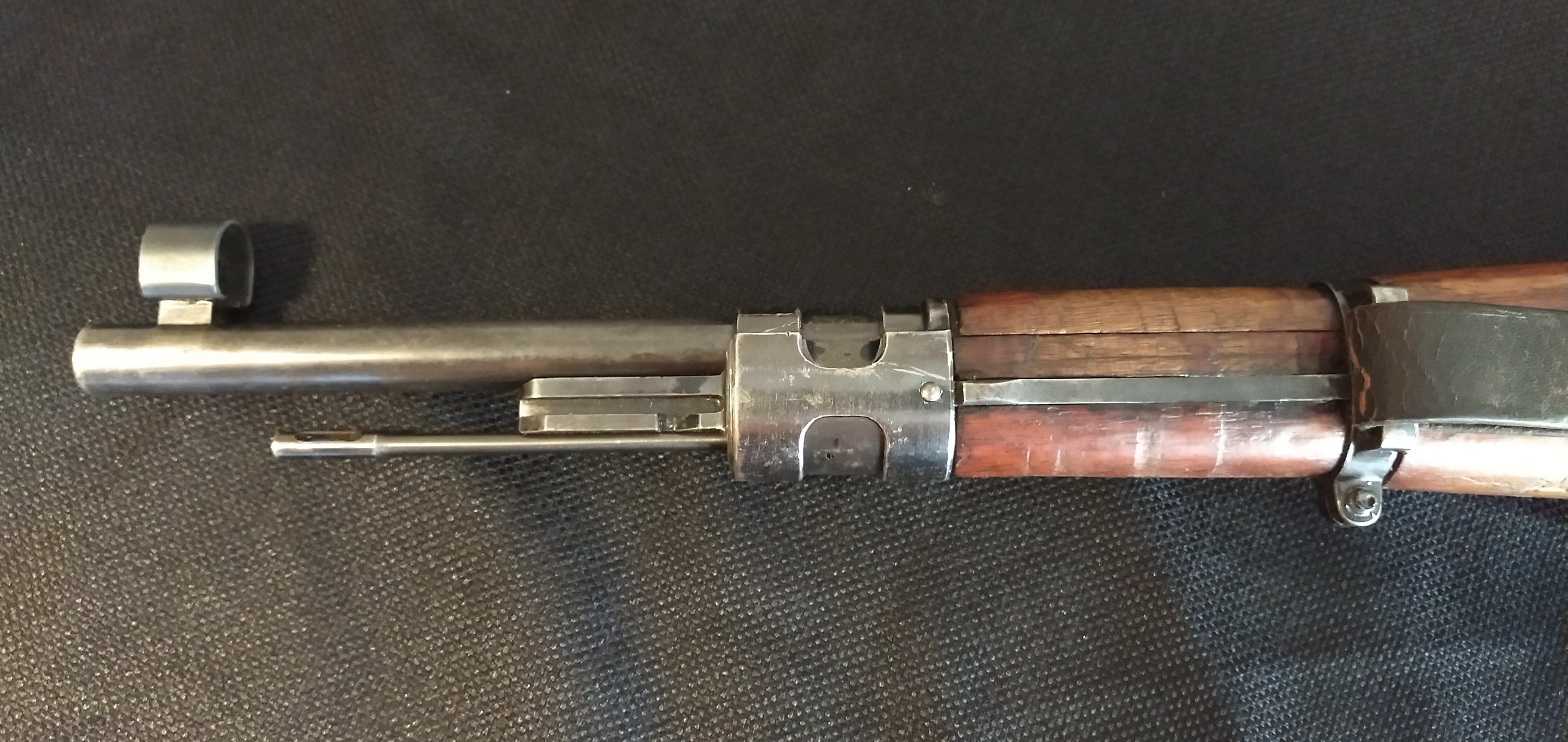


Rifles: Mosin-Nagant (Russia), Mauser Gewehr M1898 (Germany), M1 Garand (US), M1 Carbine (US), FG 42 (Germany), Sturmgewehr 44 (Germany), Tokarev (Russia), BAR (US). The modified form was given the designation 7.5 cm KwK 40 (7.5cm Kampfwagenkanone 40) or 7.5cm StuK 40 (7.5cm Sturmkanone 40) depending on if it was mounted into a tank or an assault gun respectively. Sub-machine guns: German MP 38/40, M3 “Grease Gun”, Thompson, PPSh-41, Sten Gun The PaK 40 was seen as such a success that it saw itself turned into a tank gun, both in an unmodified and modified form. History, development, service, specifications, pictures, video and 3D model. Infantry weapons used in WW2 urban warfare German submachine guns MP40, MP38 - the German Armys trademark. Most ferociously fought urban battles of WW2 40 sling apart from the Mauser K98k sling is the designation stamping 'MP38. Thus, the death toll in urban warfare were usually higher than field battles, with a high number of civilian population casualties. Most of the time air and artillery support for the advancing forces made the situation worst, for the heap of rubble offered even better hiding places to the defending army the battles of Stalingrad and Caen are examples of this. rifles mentioned ratio and PP in the forces was approximately 1 to 10 (where 1 is the MP 38/40). In order to reduce the risk of being caught in the crossfire coming from window machine gun nests, the infantry squad had to advance along the sidewalks, away from the center of the street, hugging the building walls. The main weapon of the German Army was the rifle Mauser 98k. To break into a room to eliminate or flush out the hiding enemy, sub-machine guns, shotguns, flamethrowers, and hand grenades were used. To attack an enemy force ingrained in the cement and brick structures of town, the advancing army needed the triple or four times the amount of infantrymen than the defending troops, who had to be ferreted out from each building.

The urban landscape is the ideal battlefield for snipers and the perfect war environment for setting up booby traps as narrow streets become lethal traps for trucks and armored vehicles, which were often attacked from the flanks with anti-tank grenades or Molotov cocktails thrown into tank turrets through the top hatch. Then, as the retreating army marched into the city looking for cover and protection, the military engagement was switched to its outskirts first and next into the city. In WW2, urban battles usually started in the neighboring countryside area. Street by street and house-to-house, close-quarters fighting and surprise are the main characteristics of this type of military engagement, for the city buildings, warehouses, churches, homes, and the drainage and sewage systems offer a lot of cover and hiding places for the defending forces. If the machine gun, artillery fire, and barbed wire stopped the advance of the infantry and cavalry in World War I, cities delayed an army offensive in WWII as sometimes the battle had to be decided through an urban warfare.


 0 kommentar(er)
0 kommentar(er)
